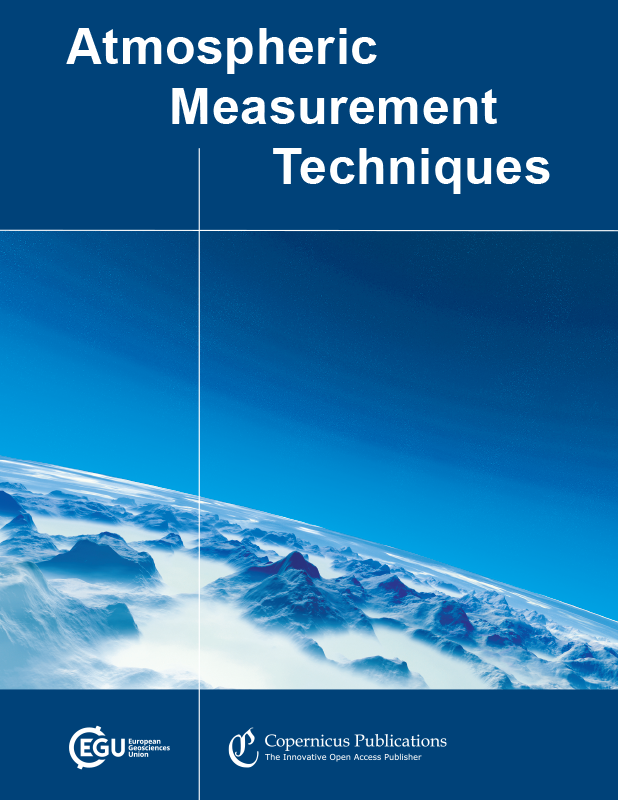Development of a general calibration model and long-term performance evaluation of low-cost sensors for air pollutant gas monitoring
Assessing the intracity spatial distribution and temporal variability in air quality can be facilitated by a dense network of monitoring stations. However, the cost of implementing such a network can be prohibitive if traditional high-quality, expensive monitoring systems are used. To this end, the Real-time Affordable Multi-Pollutant (RAMP) monitor has been developed, which can measure up to five gases including the criteria pollutant gases carbon monoxide (CO), nitrogen dioxide (NO2), and ozone (O3), along with temperature and relative humidity. This study compares various algorithms to calibrate the RAMP measurements including linear and quadratic regression, clustering, neural networks, Gaussian processes, and hybrid random forest–linear regression models. Using data collected by almost 70 RAMP monitors over periods ranging up to 18 months, we recommend the use of limited quadratic regression calibration models for CO, neural network models for NO, and hybrid models for NO2 and O3 for any low-cost monitor using electrochemical sensors similar to those of the RAMP. Furthermore, generalized calibration models may be used instead of individual models with only a small reduction in overall performance. Generalized models also transfer better when the RAMP is deployed to other locations. For long-term deployments, it is recommended that model performance be re-evaluated and new models developed periodically, due to the noticeable change in performance over periods of a year or more. This makes generalized calibration models even more useful since only a subset of deployed monitors are needed to build these new models. These results will help guide future efforts in the calibration and use of low-cost sensor systems worldwide.

